Inventory
Valuation and Adjustments
-
Why Inventory Valuation Matters
-
When to Adjust Inventory
-
Lower of Cost or Market (LCM) Rule
Inventory Valuation and Adjustments
Inventory valuation is the process of determining how much your inventory is
worth at the end of an accounting period. It helps you calculate Cost of
Goods Sold (COGS) and understand the true value of remaining inventory.
Accurate inventory valuation is key for reliable financial statements and tax
reporting.
“Inventory valuation tells you how much your unsold goods are worth.”
“Inventory valuation tells you how much your unsold goods are worth.”
1. Why Inventory Valuation Matters
Inventory is one of the most important
assets for many businesses, and valuing it correctly is essential. If inventory
is valued too high or too low, it can lead to overstated or understated profits, giving a false impression of the business’s
performance. That’s why it’s crucial to use a consistent and appropriate
valuation method—such as FIFO, LIFO, or Weighted Average. Proper inventory valuation not only ensures accurate
financial reporting, but it also impacts several key areas including net income, taxes owed, asset
values on the balance sheet, and
even day-to-day business
decisions like pricing and when to reorder stock.
2. When to Adjust Inventory
Sometimes,
inventory needs to be adjusted due to issues like damage, spoilage, theft,
loss, obsolescence, or even simple counting errors. When
any of these occur, the inventory value on your books is no longer accurate and
must be corrected. This is done by reducing the inventory balance and recording
the difference as an inventory shrinkage or loss expense. For
example, if your records show 100 units in stock but a physical count reveals
only 95, you need to adjust your books for the 5 missing items. This means
reducing your inventory by 5 units and increasing your expense account to reflect
the loss.
3. Lower of Cost or Market (LCM) Rule
Under accounting rules, if the
market value (current selling price) of inventory drops below what you paid
(cost), you may have to write it down. This is known as the Lower of
Cost or Market rule. It helps keep your inventory value realistic and
avoids overstating assets.
Key Takeaways
✅ Inventory valuation helps calculate COGS and true asset
value
✅ Adjustments may be needed for loss, damage, or shrinkage
✅ Always use consistent methods like FIFO, LIFO, or Weighted Average
✅ The Lower of Cost or Market rule prevents overvaluing inventory
✅ Accurate valuation = better profits, planning, and compliance
✅ Adjustments may be needed for loss, damage, or shrinkage
✅ Always use consistent methods like FIFO, LIFO, or Weighted Average
✅ The Lower of Cost or Market rule prevents overvaluing inventory
✅ Accurate valuation = better profits, planning, and compliance
Write your awesome label here.
Access all Accounting and Bookkeeping Courses from One Portal.
Mastering Bookkeeping and Accounting
MBA simplifies accounting, ledger management, account balancing and financial statement preparation.
QuickBooks Online For Bookkeepers
From Beginner to Expert: Master QuickBooks Online. Effortlessly Navigate, Analyze Transactions, and Unlock its Full Potential.
Xero Accounting For Bookkeepers
Learn how to use Xero, the leading online accounting software to perform most of the essential bookkeeping tasks.
ChatGpt for Bookkeepers and Accountants
Learn how to use the ChatGPT prompt toolkit to simplify daily accounting tasks for accountants and bookkeepers instantly.
Subscribe to our newsletter
Stay informed with the latest accounting tips, tools, and updates from Accountutor right in your email inbox.
Thank you!
Policy Pages

Download QuickBooks Online PDF Guide
Thank you!
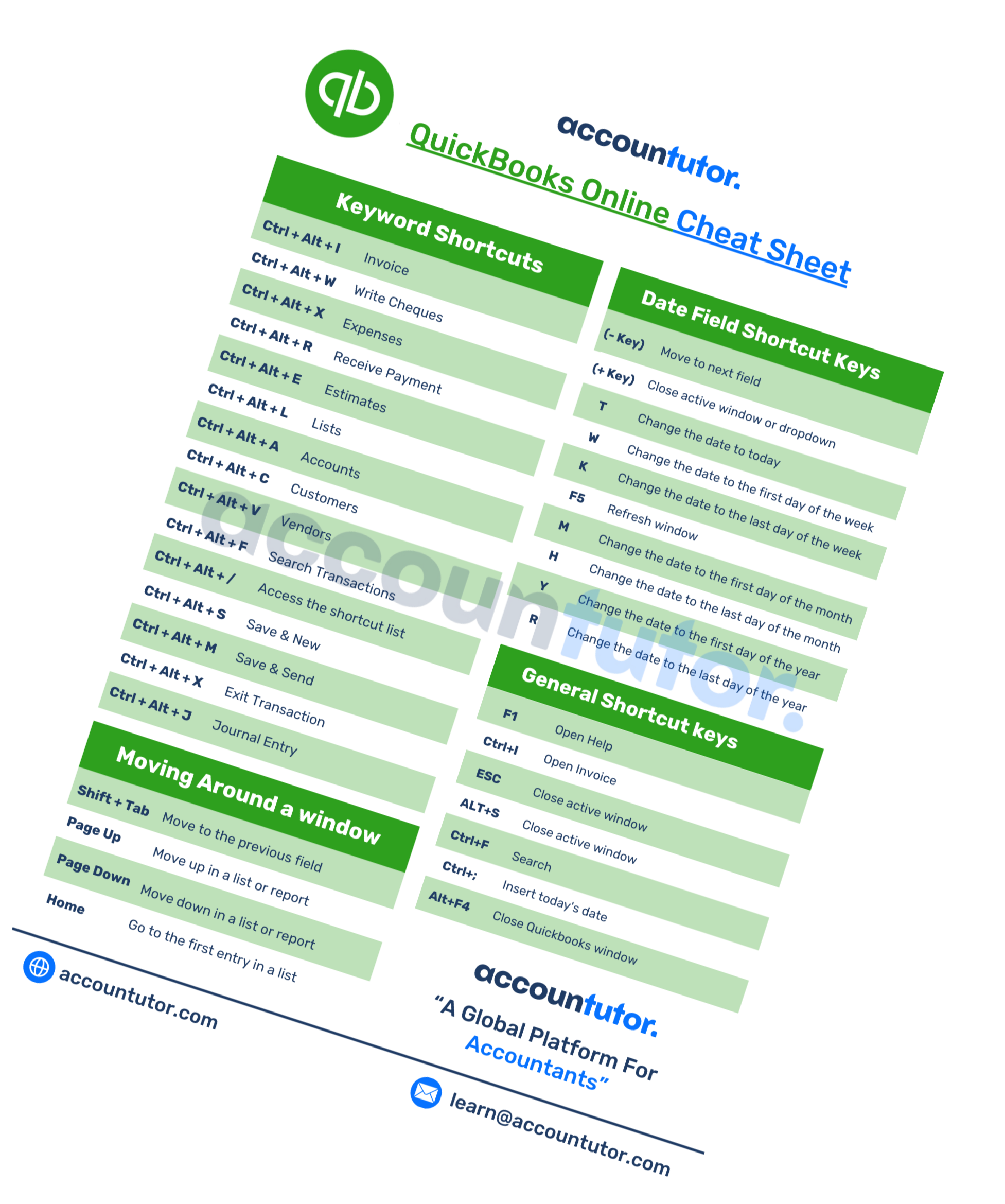
Download QuickBooks Online Cheat Sheet
Thank you!

Download ABCD of Accounting
Thank you!
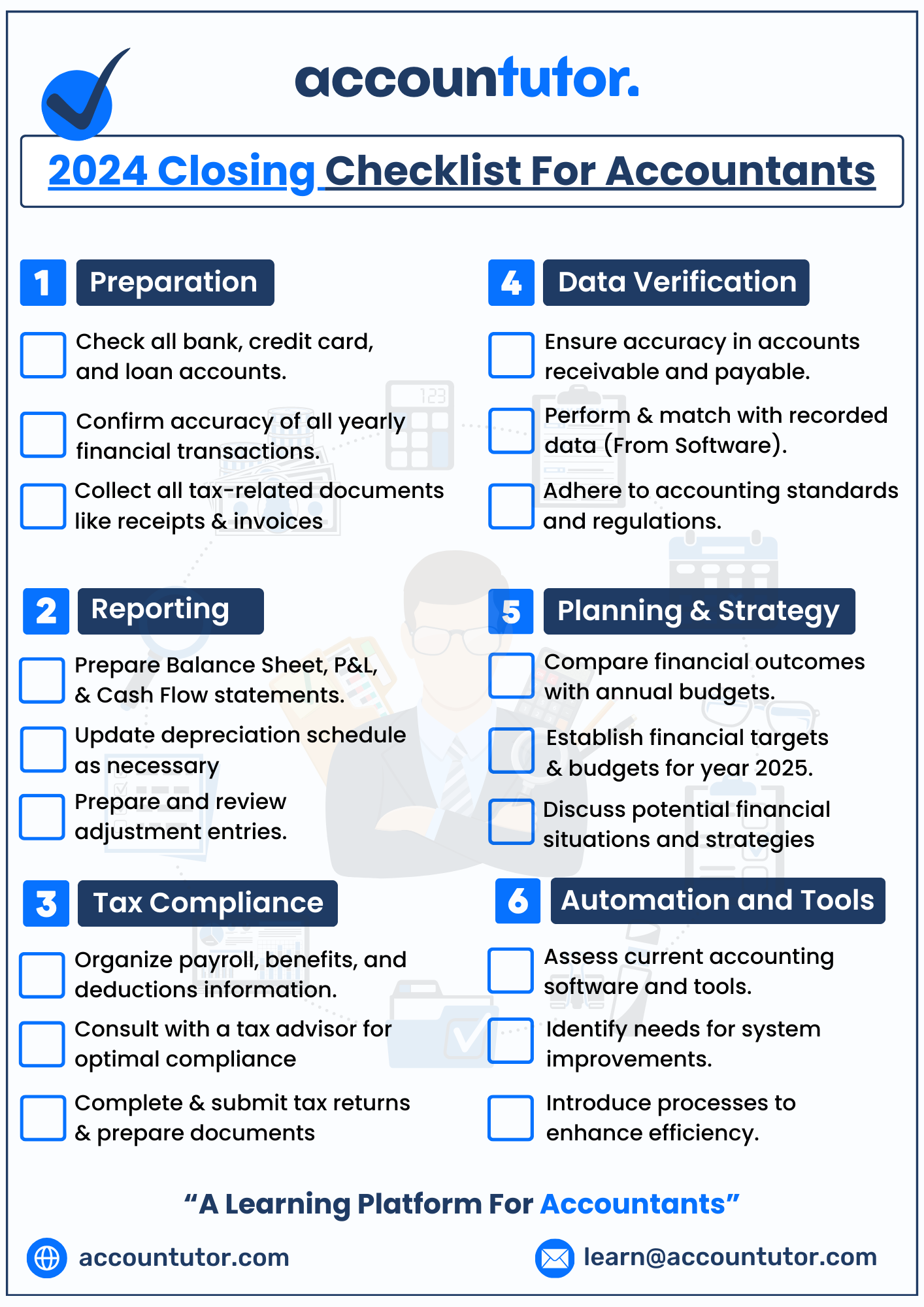
Download Checklist 2024
Thank you!
Register For Free!
Thank you!
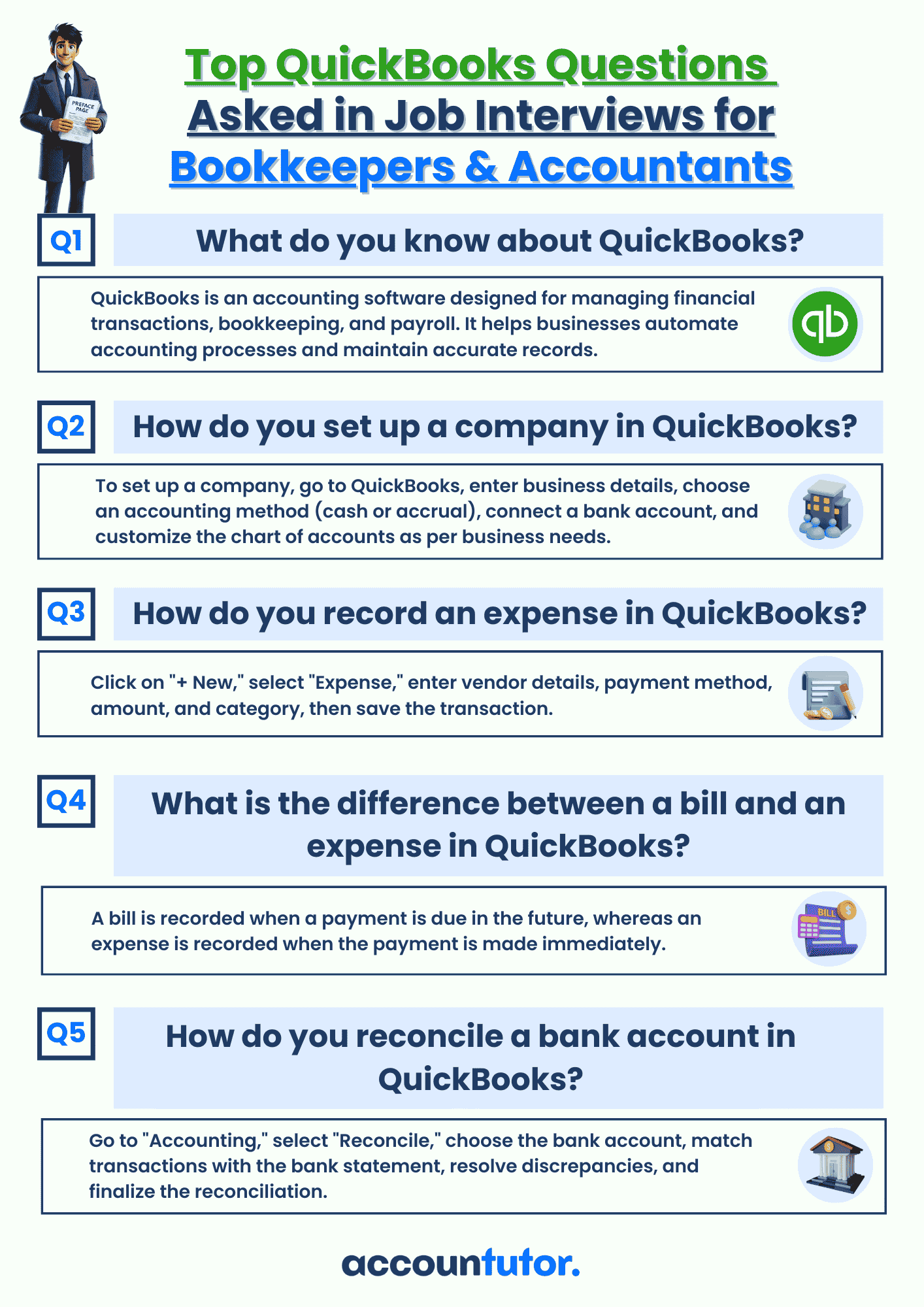
Download Interview Questions
Thank you!
Register for this webinar: How to Master QuickBooks Online— Without Feeling Overwhelmed
7th JUNE 2025 | 8:00 AM PST | 11:00 AM EST
Thank you! The joining link will be sent to your email shortly!
Webinar joining link will be sent to your email address.
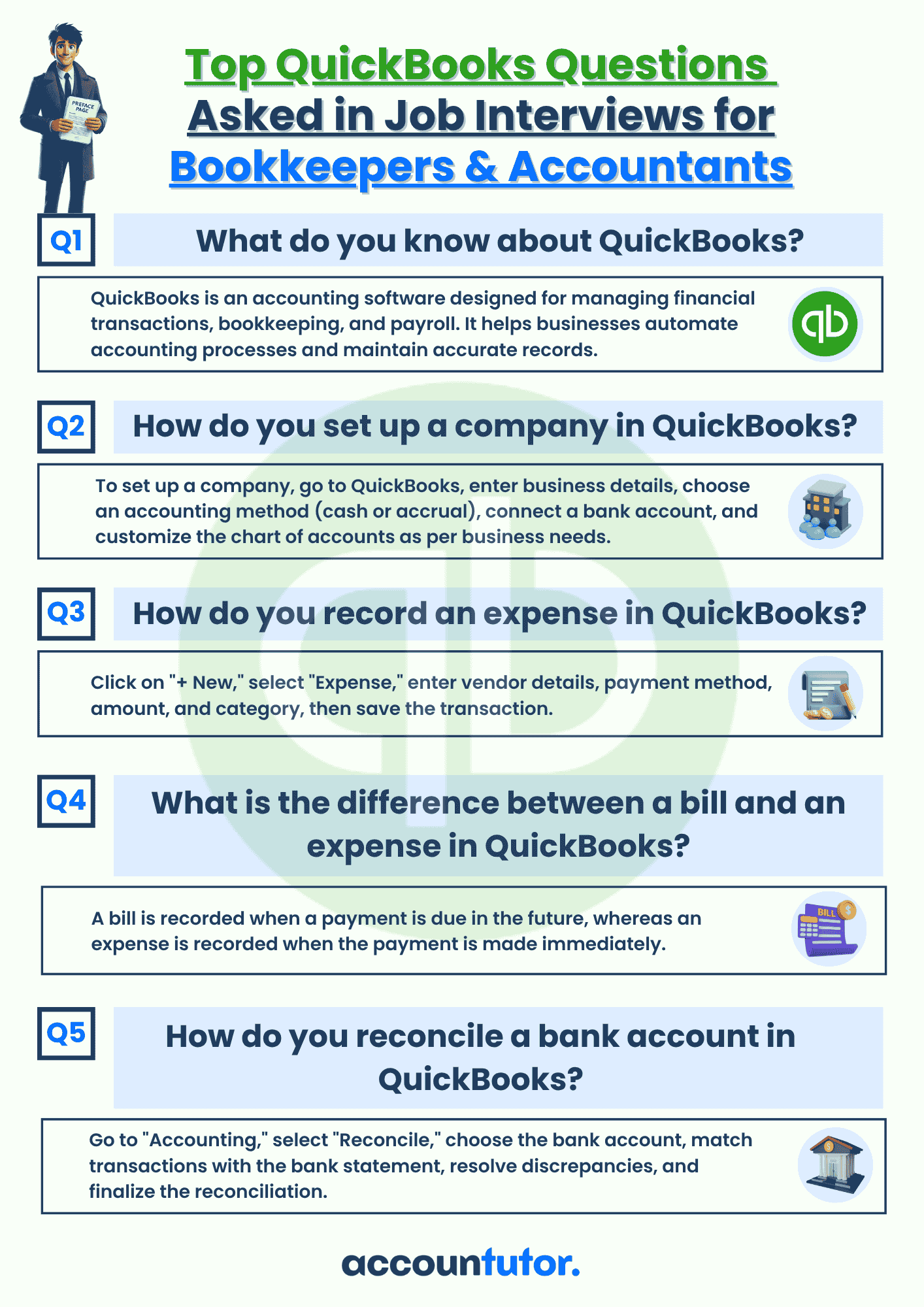
Download QBO Job Interview Questions and Answers PDF
Thank you!
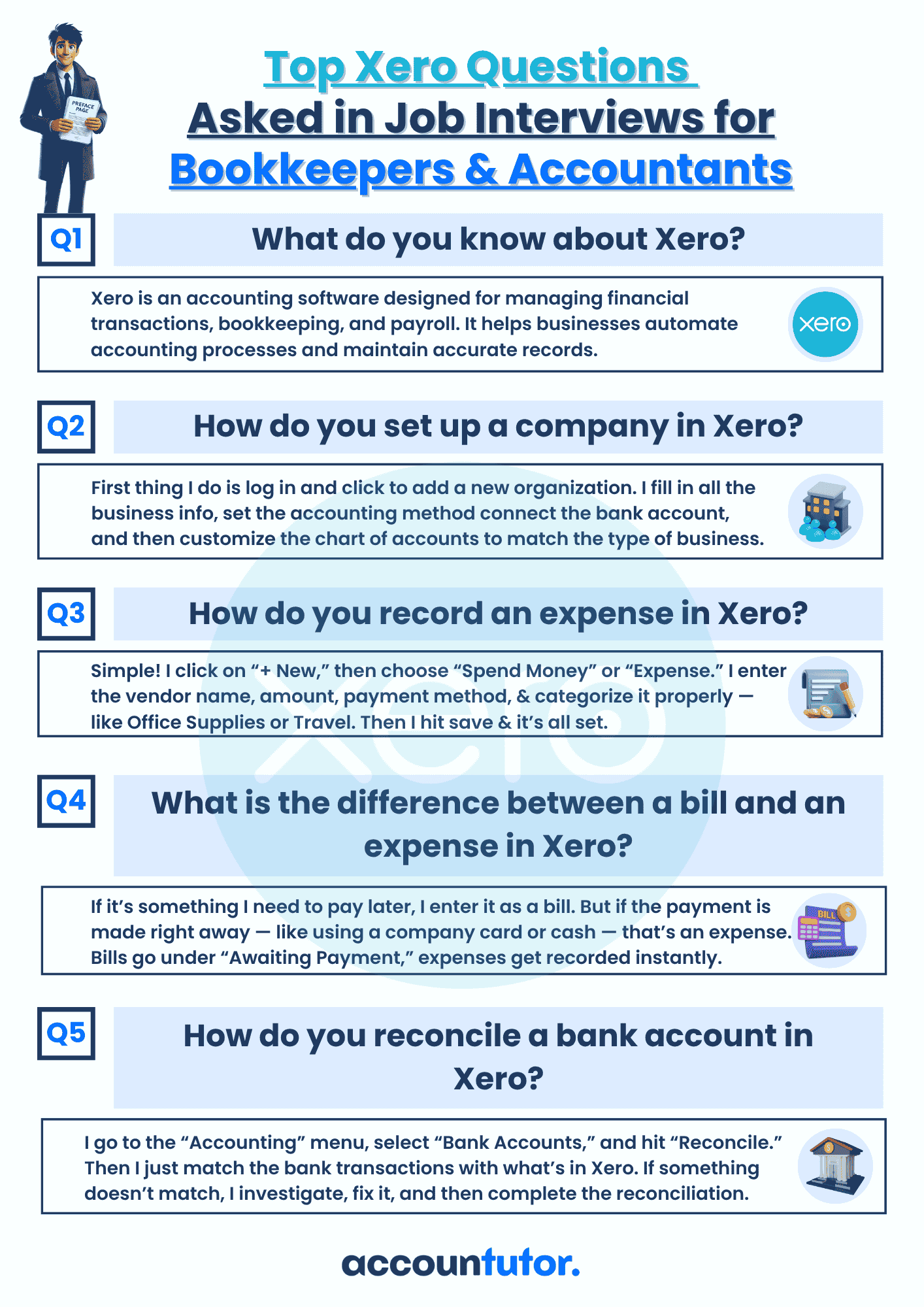
Download Interview Questions
Thank you!

Download 50 Interview Questions For Bookkeepers
Thank you!

Download QuickBooks Online Guidebook
Thank you!

